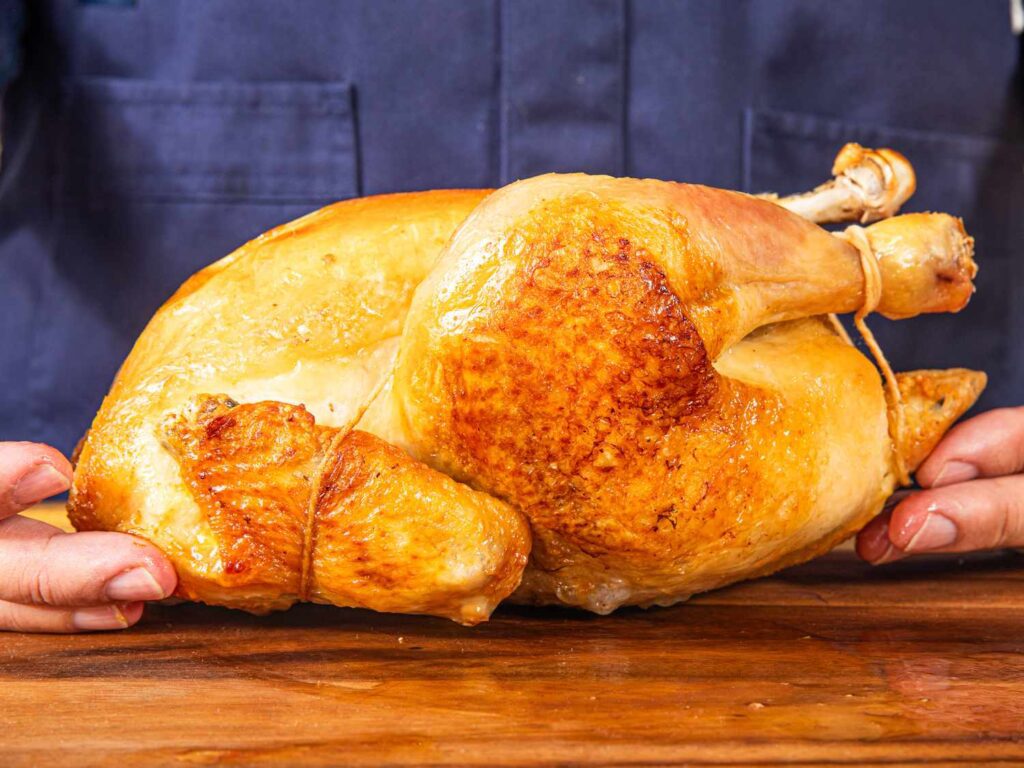Roasting is an art and science that brings out the best flavors in foods through the Maillard reaction. Preheating the oven, using the right temperature, not overcrowding the pan, and using a meat thermometer are key tips for beginners. Basting, turning, and letting foods rest are also important steps. Experimenting and practicing different techniques, temperatures, and seasonings will improve roasting skills. By understanding the science and following tips, beginners can master roasting and create delicious meals. Roasting is a versatile technique that can enhance the flavor of various foods when done correctly.
The Science of Roasting: Perfecting Your Roasting Technique
Roasting is an art form that has been perfected over centuries. From coffee beans to vegetables to meats, roasting brings out the best flavors and textures in a wide range of foods. But roasting is also a science, requiring an understanding of how heat interacts with different types of food to create delicious results. In this article, we will explore the key principles of roasting and provide some tips and tricks for beginners looking to perfect their roasting technique.
Understanding the Maillard Reaction
One of the key chemical reactions that occurs during roasting is the Maillard reaction. This reaction is responsible for creating the complex flavors and aromas that develop when food is exposed to high heat. The Maillard reaction occurs between amino acids (proteins) and reducing sugars in the food, producing a range of new compounds that contribute to the browning and savory flavors of roasted foods.
Tips for Beginners
1. Preheat your oven: Always preheat your oven before roasting food. This ensures that the food cooks evenly and develops a nice, crispy exterior.
2. Use the right temperature: Different foods require different roasting temperatures. As a general rule, higher temperatures (400-450°F) are best for meats and vegetables, while lower temperatures (300-350°F) are ideal for more delicate foods like pastries and fruits.
3. Don’t overcrowd the pan: Make sure to leave some space between pieces of food on the roasting pan. Overcrowding can prevent proper air circulation and result in uneven cooking.
4. Use a meat thermometer: To ensure that meat is cooked to the desired doneness, use a meat thermometer to check the internal temperature. This is especially important for larger cuts of meat, such as roasts.
5. Baste and turn: To ensure even cooking and browning, baste foods with a marinade or sauce halfway through cooking, and turn them over if needed.
6. Let it rest: Allow roasted foods to rest for a few minutes before serving. This allows the juices to redistribute, resulting in a more flavorful and tender final product.
Experiment and Practice
Roasting is a skill that takes time to perfect. The more you practice and experiment with different techniques, temperatures, and seasonings, the better you will become at roasting. Don’t be afraid to try new recipes and adjust cooking times and temperatures to suit your preferences.
Conclusion
Roasting is a delicious and versatile cooking technique that can bring out the best flavors in a wide range of foods. By understanding the science behind roasting and following some simple tips and tricks, beginners can master this art form and create delicious and satisfying meals for themselves and their loved ones.
